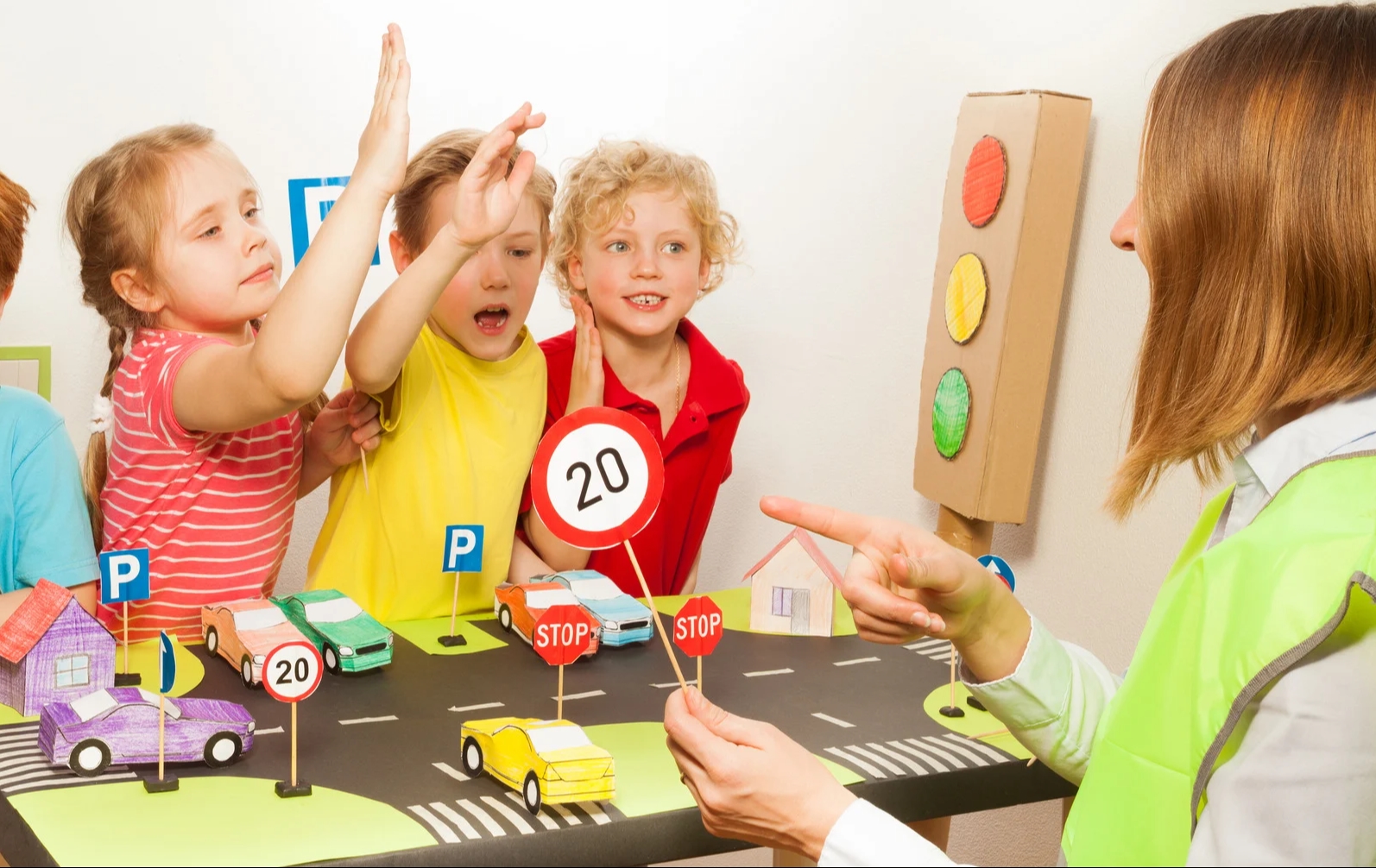Emotional regulation plays a crucial role in the overall well-being and social functioning of individuals. It refers to the ability to control and adapt behaviors when faced with intense emotions such as anxiety, frustration, or anger.
For individuals with autism, emotional regulation can be particularly challenging, impacting various aspects of their lives.
To help them live better lives, we have prepared a handful of tips and strategies that parents and caregivers can implement to regulate the emotions of their children.

Impact of Emotional Regulation on Individuals with Autism
Emotional regulation difficulties are common among individuals with autism, regardless of functioning level. Many children with autism find it challenging to recognize, understand, and appropriately respond to their emotions. This can result in emotional outbursts, sudden mood swings, meltdowns, and difficulty navigating social situations.
Teaching emotional regulation skills to individuals with autism can have a significant impact on their well-being and overall development.
By helping them understand positive and negative emotions and recognize when emotions are felt too strongly, individuals with autism can gain a better understanding of how their emotions impact their behavior.
Strategies for Emotional Regulation
When it comes to helping individuals with autism manage their emotions, implementing effective strategies for emotional regulation is essential.
There are two key strategies to use for this which are as follows:
Visual Aids
Before teaching specific techniques for emotional regulation, it’s important to help individuals with autism understand and recognize positive and negative emotions. Visual aids, such as emotion level charts, can be highly effective in this regard.
These charts categorize emotions based on their intensity, helping individuals understand the varying levels of emotions they may experience.
Using visual cues, such as facial expressions or color-coded charts, individuals with autism can learn to identify and categorize their emotions. This categorization serves as a valuable prompt for reminding them to use appropriate calm-down strategies based on the intensity of their emotions.
For example, if they are experiencing a high level of anger, they can refer to the visual aid and choose a corresponding strategy to help regulate their emotions.
Calm-Down Activities
Calm-down activities play a crucial role in helping individuals with autism regulate their emotions and achieve a state of calmness when they are feeling upset or overwhelmed. These activities can be tailored to the individual’s sensory preferences and specific challenges.
Here are some effective calm-down activities for individuals with autism you want to consider:

By incorporating these strategies into daily routines and providing consistent support, individuals with autism can develop effective techniques for emotional regulation. It is important to remember that each person is unique, and it may take time to find the most suitable strategies for their specific needs.
Coping Strategies for Emotional Regulation
Coping strategies play a vital role in helping individuals with autism regulate their emotions. By providing tools and techniques, these strategies empower individuals to effectively manage and navigate their emotional experiences.

Some common coping strategies for emotional regulation in individuals with autism include the following:
- Taking deep breaths: Deep breathing exercises can help individuals calm their minds and bodies during moments of heightened emotions.
- Counting to 20: Counting to a specific number, such as 20, can serve as a grounding technique, allowing individuals to redirect their focus and regain control over their emotions.
- Asking for help: Encouraging individuals to seek support from trusted individuals, such as parents, caregivers, or teachers, can provide them with the assistance and guidance they need during emotionally challenging situations.
- Talking to a friend: Engaging in open and honest conversations with friends or peers can offer individuals an outlet to express their emotions and gain perspective from others who may have similar experiences.
- Thinking of a compromise: Encouraging individuals to consider alternative solutions or compromises when faced with emotional conflicts can help them find common ground and resolve disagreements more effectively.
- Walking away: Understanding the importance of taking a break and removing oneself from overwhelming situations can be valuable for emotional self-regulation.
- Letting it go: Teaching individuals to let go of negative emotions and focus on moving forward can contribute to a healthier emotional state.
- Thinking of something that makes them happy: Encouraging individuals to redirect their thoughts towards positive and uplifting memories or experiences can help shift their emotional state.
By implementing the abovementioned tips and strategies, parents and caregivers can help their autistic kids enhance their emotional self-regulation skills. These strategies and resources provide valuable support and guidance to help them navigate their emotional experiences more effectively.
If you’re seeking specialized ABA therapy in New Jersey, Indiana, Georgia, and New York, Golden Care offers comprehensive services tailored to meet the unique needs of each individual. Contact us to learn more or book a consultation today.
Sources:
https://www.autismparentingmagazine.com/help-child-with-emotional-regulation
https://onlinegrad.pepperdine.edu/blog/emotional-self-regulation-children-autism
https://luxai.com/blog/emotional-regulation-calm-down-activities-for-autistic-children
https://autismlittlelearners.com/self-regulation-of-emotions



